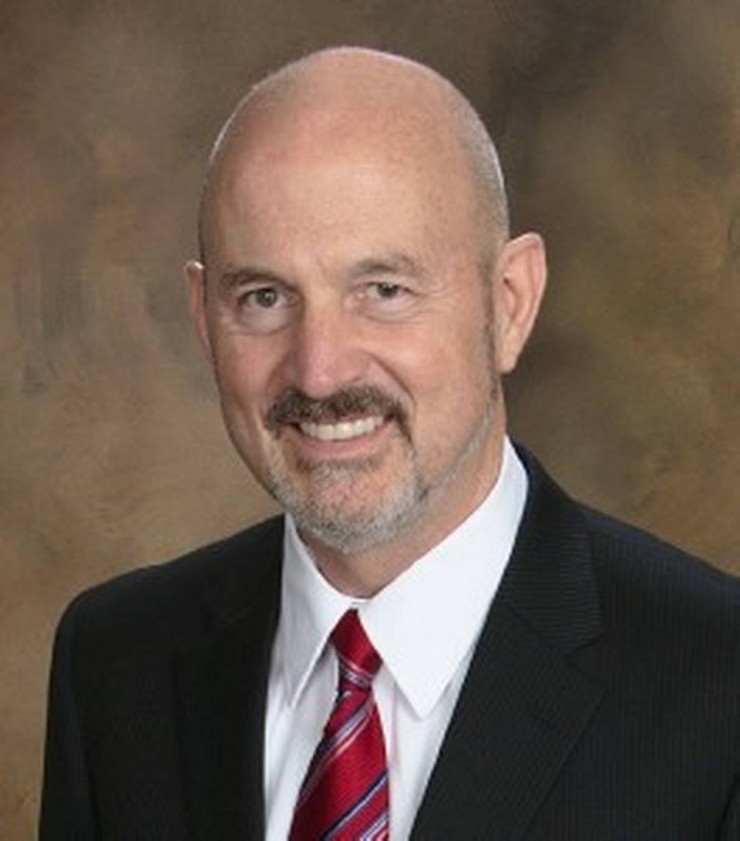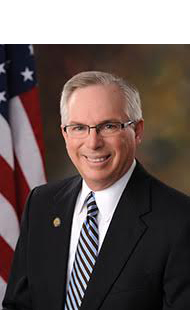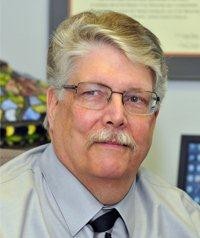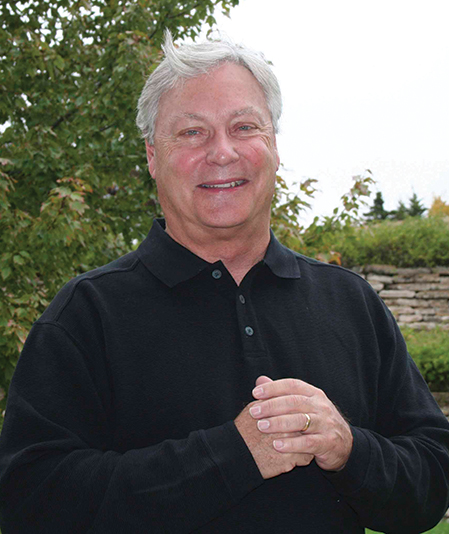
The December meeting of the Kansas State Board of Education (KSBE) featured a presentation by University of Kansas Center for Educational Testing and Evaluation (CETE). The CETE linked their State assessment test scores with the equivalent scores on the national ACT tests that many Kansas students take for college admission.
The very close correlation in scores on the state assessments and ACT was enthusiastically received by KSBE members. State assessment tests are currently required of all Kansas students and it can be difficult to get students to take the test seriously since it is used to rate schools but does not otherwise affect the student. Now that schools can show a close correlation between the state assessments and the ACT used for college entrance, that may provide some incentive for college-bound students to use state assessments as a practice for the ACT.
But an obvious question was never asked: If the state assessment scores and the ACT scores are so highly correlated, why give redundant tests?
The revised testing regulations in the new Every Student Succeeds Act (ESSA) that replaces No Child Left Behind includes the option for states to choose a nationally recognized high school test instead of a unique state assessment test. And there are many advantages to Kansas switching to use the ACT in place of state assessments.
The state pays for the assessment tests and the students’ parents pay for the ACT test for students wanting to go to college. Currently, 74 percent of Kansas students take the ACT. Kansas could join the 18 states that currently underwrite the ACT for all students. It would save Kansas parents a lot of money. And switching state funding from CETE tests to the ACT would likely save state funding as well since the ACT operation costs are supported by the majority of states nationwide.
Some Kansas students who do not currently take the ACT—especially those from economically poor families—may not realize that they are college-able. Taking the ACT, when it is underwritten by Kansas as the state assessment test for all, will alert these students that they indeed are “college material.”
Since customized state assessments are variable, it is difficult to make state-by-state comparisons using the CETE tests. But with a majority of states use the ACT, across-state comparisons could easily be made. While all students participate in the ACT in 18 other states, Kansas is leaving out over one-fourth of its students and this makes current ACT comparisons difficult.
The major damage of No Child Left Behind was the de-professionalization of teachers. High stakes testing forced many teachers to stop treating students as unique individuals and turned them into drill-and-kill test-prep workers. While the ACT is a standardized test of the accumulation of reading and mathematics skills, it is primarily an aptitude test, not an achievement test. It does not provide a consistent target that leads to teaching-to-the-test. ACT-prep mainly provides familiarity with the test format and rarely boosts scores more than 2-3 percent. With ACT the only state assessment, Kansas teachers could get back to being professionals who use their own internal tests to educate unique students.
The extra class time freed up from our current double testing, along with restoring the teachers’ role in determining in-class testing for unique students, would go a long way toward restoring teacher professionalism.
Kansas administrators, teachers and parents statewide will applaud any reduction in our continued over-testing.
And every Kansas farmer knows that the more time you spend weighing them, the less time you have to feed them. It is time to get back more “feeding time” in school.

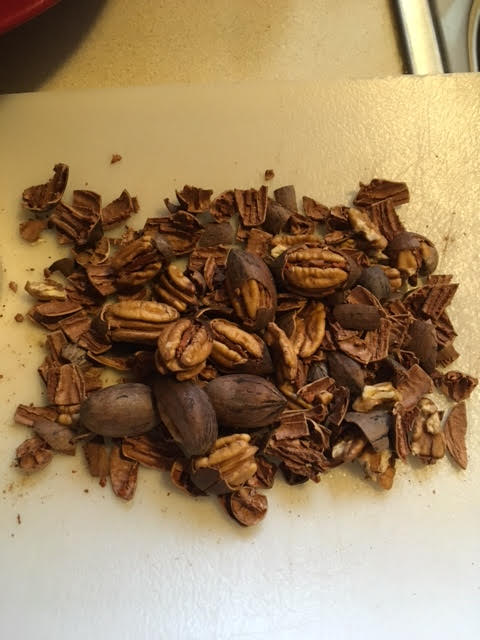

 After I spent a couple of hours freeing nutmeats from shells, I understand why I find nutcrackers at almost every auction I attend. They were essential in old time kitchens. Cooks didn’t go to the store to buy a sack of already shelled nuts. They roamed creek banks to harvest nature’s encased proteins and then spent hours extracting meats from hulls. Knowing how my grandmas made use of everything, I’m sure they saved the inedible material to create fabric dyes or enrich garden soils.
After I spent a couple of hours freeing nutmeats from shells, I understand why I find nutcrackers at almost every auction I attend. They were essential in old time kitchens. Cooks didn’t go to the store to buy a sack of already shelled nuts. They roamed creek banks to harvest nature’s encased proteins and then spent hours extracting meats from hulls. Knowing how my grandmas made use of everything, I’m sure they saved the inedible material to create fabric dyes or enrich garden soils.






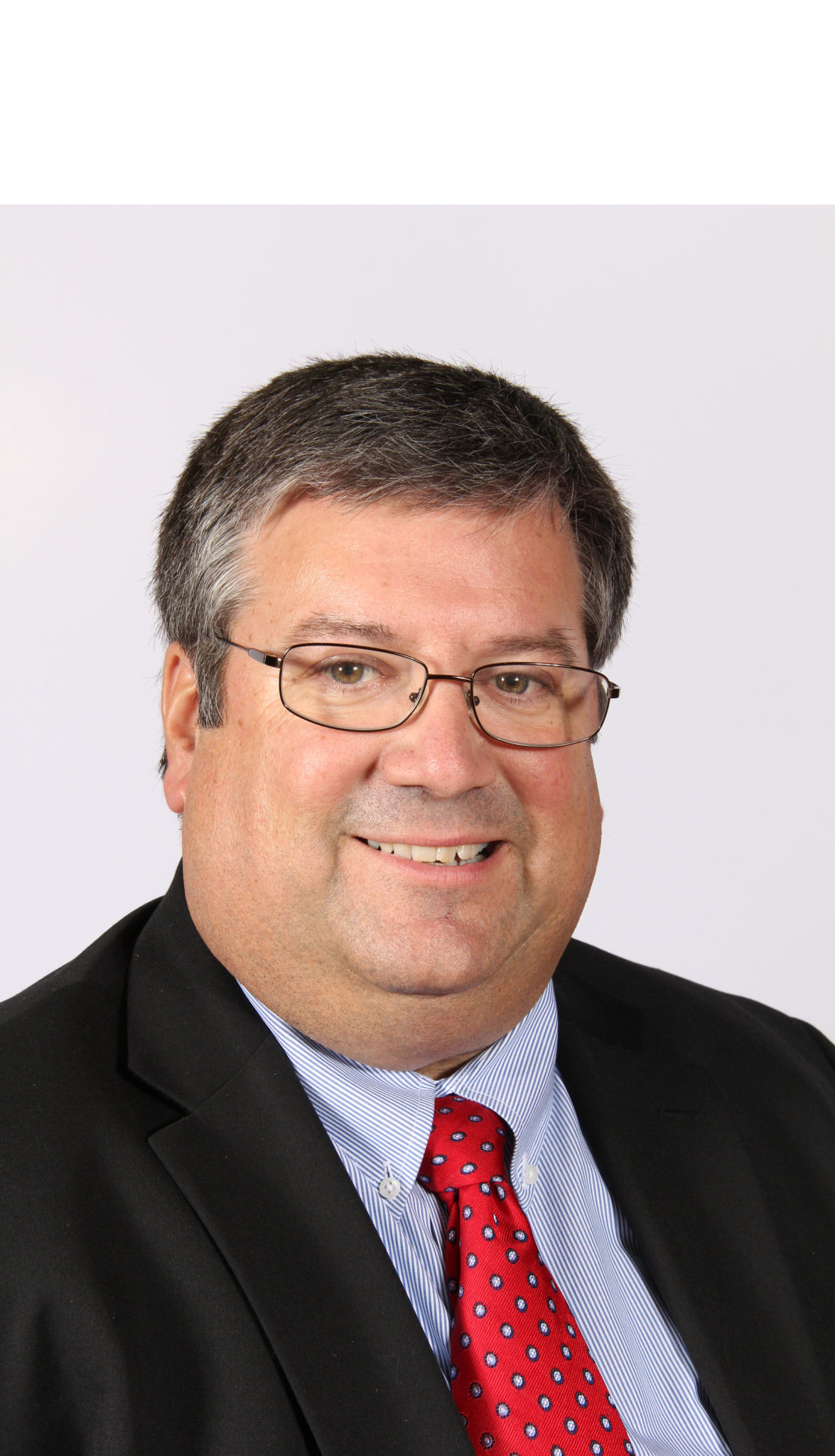

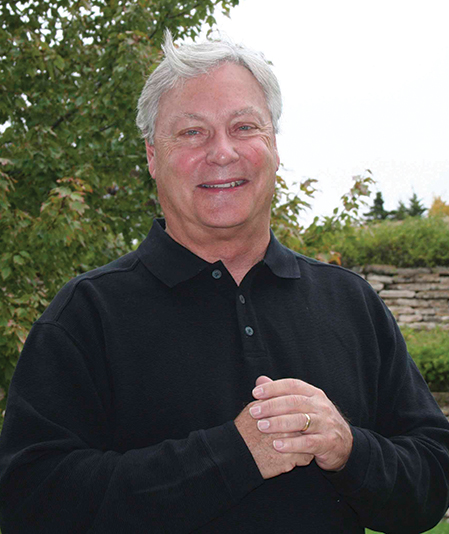
 When I think about the perils associated with winter travel, I think about my dad’s simple, but sound advice, “Stay off the roads.”
When I think about the perils associated with winter travel, I think about my dad’s simple, but sound advice, “Stay off the roads.”